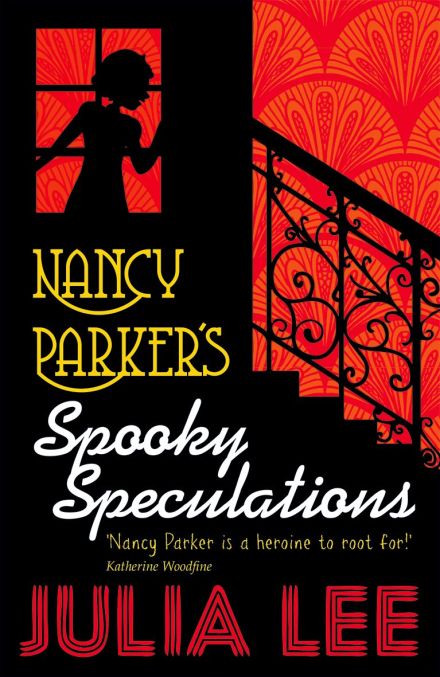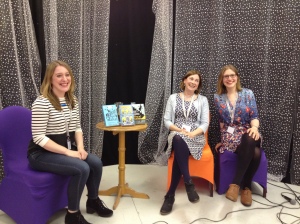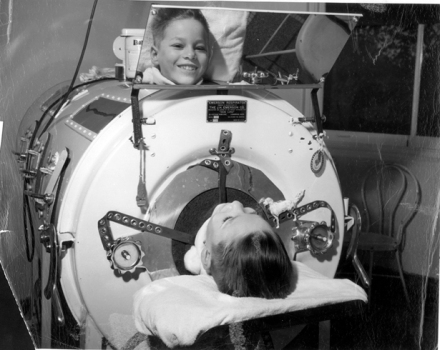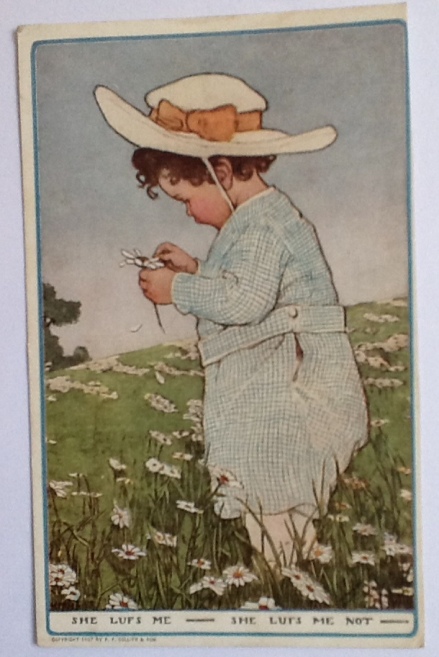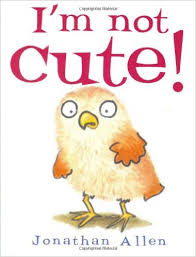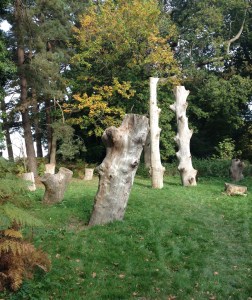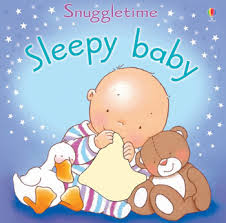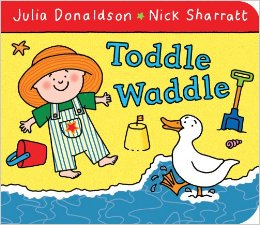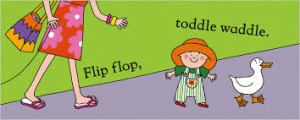That face, her face…
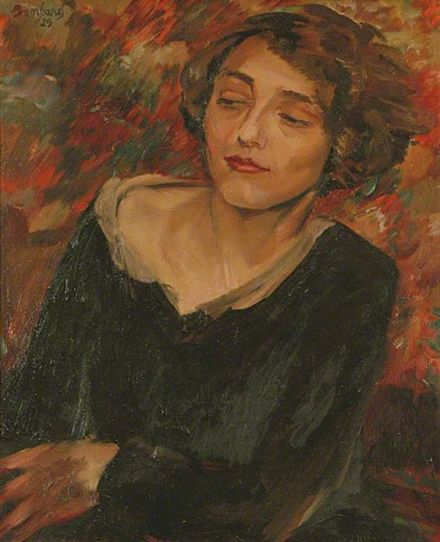
I picked up this wonderful portrait as an art postcard at the Towner Gallery in Eastbourne. It is a portrait of his sister Kitty by the amazing artist David Bomberg (1890-1957).
To me, this woman looks handsome, beguiling, complicated, the type who’s charming when she wants to be…which is exactly as I thought of the character of Mrs Bryce, Nancy’s employer in her very first job upon leaving school. I cannot now remember if this picture perfectly resembled Connie Bryce right away, or if Connie came to resemble her.
I don’t look for pictures to inspire or capture every one of the main character in my books, but sometimes the perfect image just presents itself. Nancy Parker’s Diary of Detection is set in 1920. The portrait is dated 1929, but it suits Nancy’s first encounter with this exotic creature:
At first I thought her dress very plain, but soon I realized that it was very MODERN.
Here’s another picture of Kitty, from the Tate collection.
How I overcame my aversion to keeping a diary
18th January. Got up. Had breakfast. Went to school. Maths test. Raining.
It’s easy to see why the diaries I began each new year in my schooldays never lasted more than a few weeks. I didn’t need a diary that reinforced how boring my life was.
It wasn’t just the lack of momentous events to record, it was the false voice that popped up when I tried to put in anything more personal or thoughtful. I sounded so lame, even to myself. Writers are always advised: ‘find your voice’. Mine was never to be discovered lurking in my diaries.
So if I’ve always struggled with diaries, how come I’ve just written a book based on one?*
Because. Oh, because!
Because it’s really good fun writing a diary from the point of view of a fictional character. This is quite, quite different from writing as dull old me.Because Nancy Parker, my heroine, has been freed of diary tyranny. Because she’s keeping a Journal, not a daily and dated diary. As she says, “You don’t have to write in it every day, only when you have something you want to say – something important.”
Because Nancy has lots of MOMENTOUS EVENTS to put in her journal. When they’re really momentous, she puts them in capital letters with lots of exclamation marks. And adds comments in brackets. So I can indulge my love of !!! And of ( ).
Miss Lamb said few people lead such exciting lives that they have Something Worthwhile to write down every day. But I plan to have a great many exciting days now that I have thrown off the SHACKLES of SCHOOL!
And because I could really explore the way Nancy expresses herself. She’s had quite a poor education and leaves school on her 14th birthday (it’s 1920). Despite these limitations she is irrepressible, with big dreams and expectations. It’s great to step inside someone at the start of an adventure, and take them through all the ups and downs.
I might have broken away from my aversion to writing diaries with this book, but I still won’t be keeping my own from now on…
Got up. Raining. Had breakfast. Wrote a bit. Had a coffee. Wrote a bit more. Stared out of window. Still raining.
But I do recommend writing someone else’s diary. If you want some creative inspiration, give it a try.
*Um – three books. The second in the series is currently being edited, and the third is at the detailed planning stage. You can find the first, Nancy Parker’s Diary of Detection, in good bookshops now.
A version of this post originally appeared on GirlsHeartBooks
What do crime writers read?
On the very last day of this year’s Oxford Lit Fest I was lucky enough to join Robin Stevens and Katherine Woodfine at The Story Museum to talk to our hearts’ content about detective fiction – writing it, and reading it.
We all write historical crime mysteries for children – and for anyone else who likes to read them! 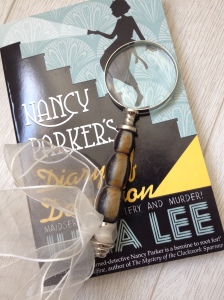 Katherine’s books are set in the rags and riches world of the grandest Victorian department store, Robin’s boarding school murder mysteries are set in the 1930s, and my new series is set in 1920, featuring Nancy Parker, a housemaid-turned-amateur detective.
Katherine’s books are set in the rags and riches world of the grandest Victorian department store, Robin’s boarding school murder mysteries are set in the 1930s, and my new series is set in 1920, featuring Nancy Parker, a housemaid-turned-amateur detective.
The classic reads and characters which enthused and inspired us all were remarkably similar…
Our top hero Wilkie Collins is credited with inventing the genre of detective fiction with Sergeant Cuff in The Moonstone (1868). His books have nail-biting mysteries and brilliant characterisation. In The Woman In White, the wonderful Marian Halcombe has the terrier-like qualities, essential for the amateur investigator, of loyally searching and refusing to let go. Marian is also a great antidote to the ‘ideal’ heroine of Victorian fiction who was as passive and dependent as she was pretty and blonde.
I have to confess that Clemency’s ghastly great-uncle in my first book, The Mysterious Misadventures of Clemency Wrigglesworth, owes more than a little to Marian’s half-sister’s uncle, Frederick Fairlie. (Yes, complicated – they always are!) Also to the wonderful Ian Richardson who played him in the 1980s TV adaptation.
Conan Doyle’s Sherlock Holmes, the prototype of the investigator with almost super-human deductive skills. ‘We’re looking for a man with hare lip whose housekeeper always uses Shiny-Bee Floor wax.’ Ok, I made that up, but it’s just the kind of thing we expect Sherlock to say, and the way he’s morphed into a 21st century detective shows what a hold he has on our imaginations.
Then there’s Agatha Christie’s Miss Marple and Hercule Poirot.
I read all the Miss Marple short stories, especially the early ones for 1920s atmosphere, when I was writing Nancy Parker. But my favourite book of Christie’s, Death Comes As The End, is one which many people haven’t heard of. It may be the first example of a historical crime novel. It’s set in the court of the Pharaohs in 2000 BC and has as high a body count as her famous And Then There Were None. Christie’s husband was an archaeologist and her interest in the subject inspired this fascinating whodunnit.
Harriet Vane from Dorothy L Sayers’s Lord Peter Wimsey books is another great female detective – and a novelist to boot.
As for children’s books which inspired us, Nancy Drew, E. Nesbit’s Bastable children for their problem-solving (in The Treasure Seekers), and even Just William (identified as a loose cannon), never forgetting Enid Blyton’s The Secret Seven, and The Famous Five (though really it was tomboy George and Timmy the dog who worked it all out).
Finally a massive vote from me for Golden Age writer of mystery fiction, Josephine Tey, whose books are still eminently readable today.
The Daughter of Time (1951) is an odd hybrid of contemporary and historical investigation: a police inspector, who prides himself on reading innocence or guilt in a suspect’s face, is laid up with a broken leg and bored. Sparked by a portrait of Richard III, he investigates from his hospital bed the story of the murder of the Princes in the Tower, using written sources. This book was voted number one in The Top 100 Crime Novels of All Time list by the UK Crime Writers’ Association in 1990. I wonder if it’s the predecessor of all those novels where a modern-day hero/ine uncovers a story through a cache of letters and documents from the past?
My own favourite books of Tey’s are Brat Farrar, a beguiling mystery of identity, The Franchise Affair (rather modern in its portrayal of press manipulation, and full of twists and turns) and Miss Pym Disposes, which is set in a girls’ boarding school!
So if you want a classic detective fiction reading list, this is not a bad place to start.
Beef tea and a soothing hand on the brow: illness in children’s books
I posted this last month, which explains a lot. And I’m kind of, kind of, (fingers and toes crossed) getting better…
Signed with a kiss
As activity hots up around my next book – out in March – I thought I’d reblog this post from Girls Heart Books last spring.
Lean mean hunting machine: I’m Not Cute!
A Board Book Every So Often! No. 25
I’m Not Cute! by Jonathan Allen (Boxer Books 2008)
This is a book for everyone who’s had their cheek pinched, or been patted on the head, or even had their pushchair stopped in the street to have their cuteness commented on. Shout it out: “We’re not Cute!” …or at least, only when we want to be.
Baby Owl sees himself as a huge, sleek and scary hunting machine. Like every self-respecting owl, he has see-in-the-dark eyes and big soft and silent wings. Unfortunately, the other residents of the wood think he’s small, fluffy and cute, with big baby eyes. They just want to give him a hug.
But Baby Owl’s mum understands. She acknowledges his amazing skills, and he allows her to hug him. Then he rethinks the cute thing and throws a bit of a tantrum. His mum says he’s tired. The book ends with a bedtime story and Baby Owl tucked up to sleep, knowing that it’s all right for a scary hunting machine to seem cute to his mum.
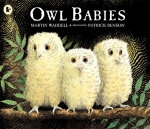 I have to say this Baby Owl isn’t totally cute. Not as cuddly as the baby owls in Owl Babies, or as sweet as Little Owl in A Bit Lost, or as gorgeous as Wow Said The Owl. He’s got bandy chicken legs and currant bun eyes. He stamps, and frowns, and cringes when he’s patronised by Fox. He’s real. He’s EveryOwl.
I have to say this Baby Owl isn’t totally cute. Not as cuddly as the baby owls in Owl Babies, or as sweet as Little Owl in A Bit Lost, or as gorgeous as Wow Said The Owl. He’s got bandy chicken legs and currant bun eyes. He stamps, and frowns, and cringes when he’s patronised by Fox. He’s real. He’s EveryOwl. 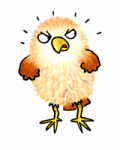
This simple story is a lovely way to explore toddler frustrations and a burgeoning sense of identity. Jonathan Allen has written and illustrated many delightful picture books and Baby Owl runs up again in I’m Not Scared, I’m Not Sleepy etc. exploring other familiar situations. This one will run and run.
Fantasy writing rooms
Wherever writers write – in a dedicated office, at the kitchen table, on a laptop in various cafes and libraries – we all dream of that perfect writing room. Here’s my latest.
It looks like a mini-mansion or a life-size doll’s house. In fact it’s a folly in the gardens of of Herstmonceux Castle in Sussex.
Why it’s perfect (for me, please!):
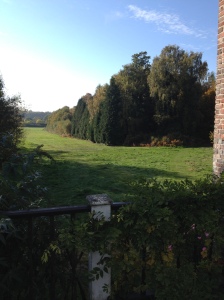 It has just two rooms, one on top of the other. They might be bare and a bit dilapidated but who cares?
It has just two rooms, one on top of the other. They might be bare and a bit dilapidated but who cares?
The upper room is only accessed by two outdoor staircases which lead to rather nice balconies on either side (for outdoor writing/contemplating.)
Lovely views.
A secret cottage garden at the back accessed through the folly itself (more outdoor contemplating and wandering. Plus a little light dead-heading.)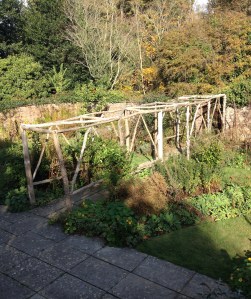
Someone can easily nip across the garden to bring me lunch.
And when I need to stretch my legs to avoid Writer’s Bottom, I can walk around the lake or through the woods to the mysterious Wood Henge and gain further inspiration.
I can always dream.
Sleepy Baby for a non-subversive bedtime
A Board Book Every So Often! No. 24
Sleepy Baby by Fiona Watt, illustrated by Catherine-Anne Mackinnan (Usborne 2006)
A touchy-feely book about bedtime.
I love Mick Inkpen’s Wibbly Pig books, but the bedtime one, Is It Bedtime, Wibbly Pig?, revolves around our eponymous pig’s joyful attempts at avoiding going to bed. Noooo – not what you want when you’re struggling to establish a smooth end-of-day routine with positive outcomes for all.
Sleepy Baby is just the thing. A simple line of text per page beginning with ‘It’s time…’ takes us through undressing, bath, brushing teeth, looking at a book, and finally saying ‘night night’. By the penultimate spread Baby is looking pretty sleepy, and in the final one is lying down, eyes shut, blissfully snuggled up with a soft blanket.
The cover and each double page has a textured something to explore – socks, nappy, towel, fluffy bunny ears, and Baby’s own snuggly. There are a few familiar toys and objects on each page to talk about, too. The colours are softly bright (that’s not impossible, right?), the pictures are large and clear, and the baby is not obviously a girl or a boy so is perfect for any family to identify with.
It’s a pity that the author and illustrator only get a mention on the back cover in rather small print.
This would be a lovely book to share every night to reinforce a calm, settled routine. Good luck with that, that’s all I have to say!
A toddle by the seaside
I’m definitely behind with this project, for all sorts of reasons. The baby is now nearly 7 months old and yet the board book numbers haven’t yet reached halfway through a year! So…
A Board Book Every Week: No. 23
Toddle Waddle by Julia Donaldson and Nick Sharratt
(Macmillan Children’s Books 2015)
Another pairing made in heaven – or in publishers’ heaven – picture book superstars Julia Donaldson’s charming way with rhythm ‘n rhyme and Nick Sharratt’s lovely, lively illustrations.
In Toddle Waddle a waddling toddler takes a walk with a mum in flip-flops – ‘Toddle waddle, flip flop’ – on the way gathering more and more characters all with their own distinctive noise. Until the toddler reaches some railings, where we get ‘Stop!’ (always a useful word to know). Over the page the early uncluttered scenes are replaced beyond the railings with a busy beach and all the fun actions and sounds that go with it: boing boing, splish splash, slurp slurp, and so on.
The next page features a bright red train with mum, toddler and friends aboard which delivers them to the pier and finally the end-of-the-pier show with more wonderful noises. The walk and the day finish with a pier beautifully silhouetted against the night sky and everyone waving bye-bye.
I love this book for all the potential in it. You can stay with the easy sound-making text or talk much more about what is going on. And there is a lot going on to talk about and find, but mostly things that should be familiar to a toddler – ducks, dogs, bikes, balls, horses, frogs, slides, trampolines, drums, and more. But at base it’s a simple story of taking a walk and seeing what’s going on all about you. An added extra for me is the bouncy seaside setting.
Diversity gets a mild look-in – the toddler is not obviously boy or girl so you can choose, there are people of different races including a glamorous black lady saxophonist (though I have to say most characters are white) and a boy on the beach is in a wheelchair (love to know how he got across the sand!)
There’s a sunny colour palette and although some pages are busy it still has a great uncluttered look about it – not too hard to find individual people or animals, even the tiny bee or snail.
Altogether this is a delightful book which should have plenty to interest for a long time.
